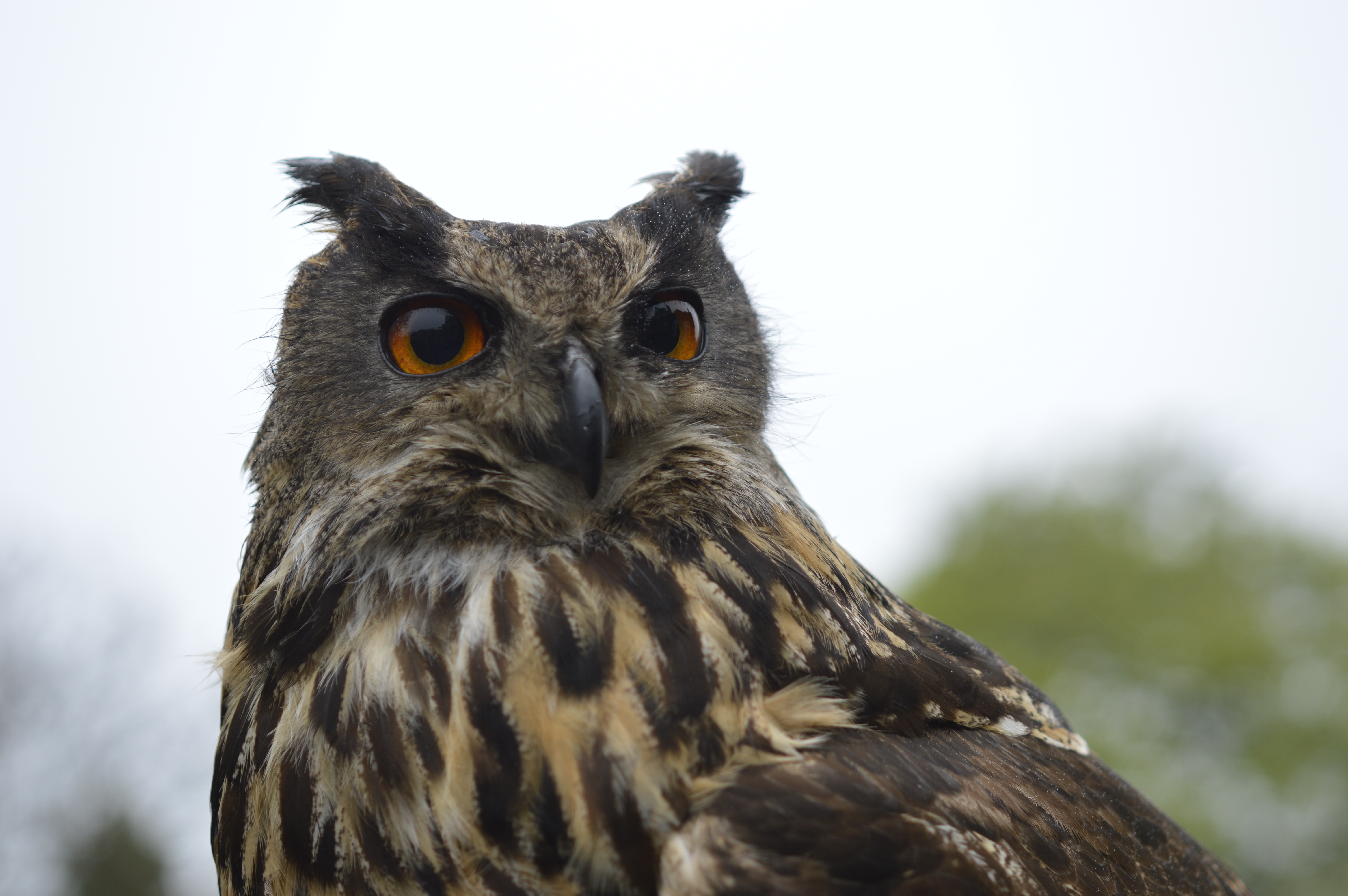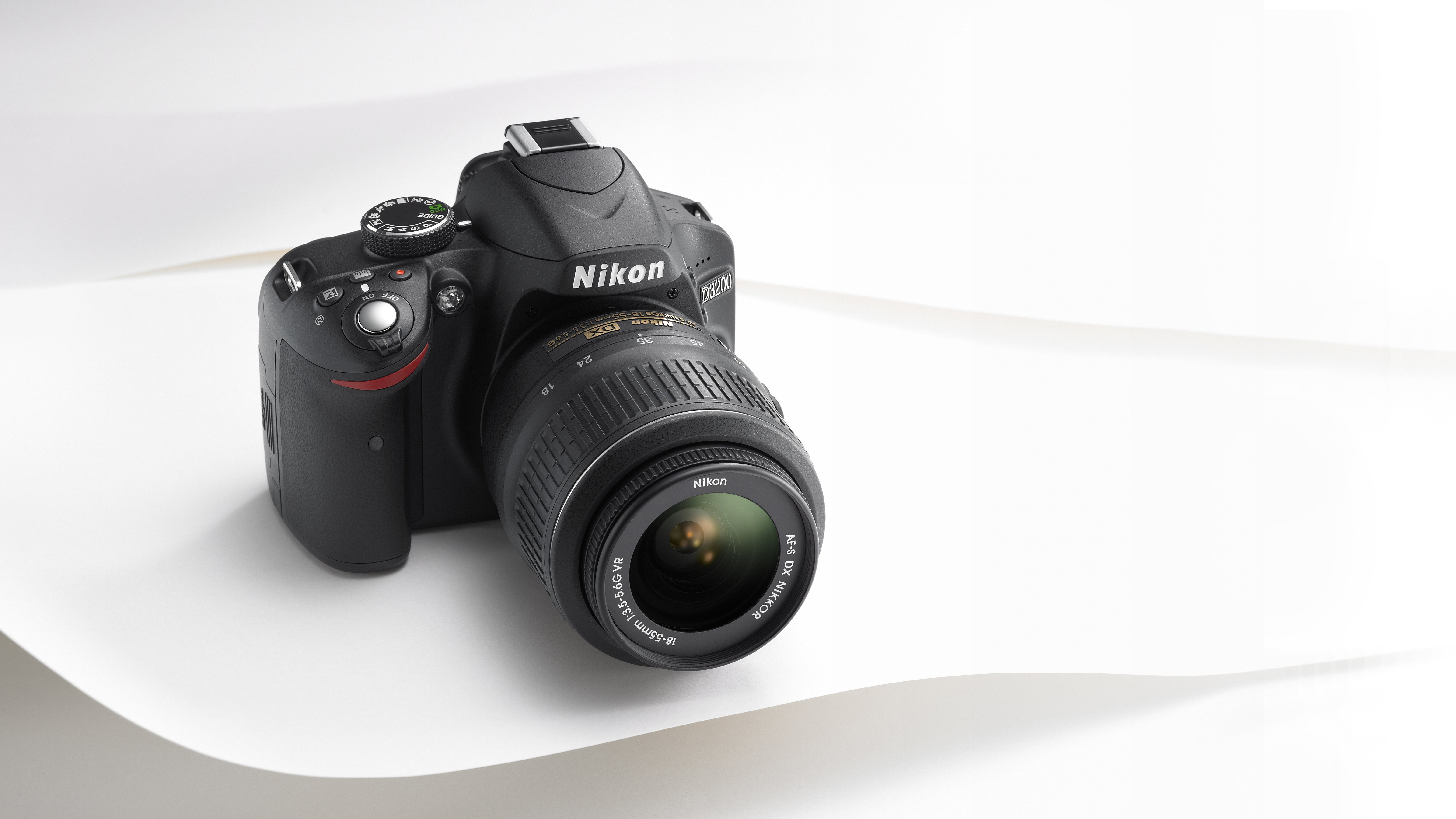Why you can trust TechRadar
Performance
- 4fps burst shooting
- Built-in flash
- 95% viewfinder coverage
First impressions of the Nikon D3200's performance are good, and we think this camera is likely to appeal greatly to novice shooters. And because it has a few features that enthusiasts will also appreciate, they won't need to upgrade too quickly as they gain experience.
On the whole, the camera's automatic white balance system seemed to do a good job of measuring the scene, and produces mostly accurate results.
In some daylight situations the camera produces slightly cooler images than is preferable, but, as usual, you have the opportunity to choose the white balance in-camera if you think that's going to be a problem.
One niggle, however, is the screen output. It seems to favour cooler, greenish tones - giving the impression that an image is a lot cooler than it is in reality.

Matrix metering does a good job in the majority of occasions, struggling a little in high contrast or mixed lighting conditions. The option to change metering modes is, as you might expect, a little hidden away in the menu system.
One of the benefits of having a 24 million pixel sensor is the ability to crop into an image and still retain a high resolution output. This is useful when shooting something further away than the reach of your lens.
Cropping is available in-camera, and it's relatively easy to apply, negating the need to do much on a computer once the image is downloaded.
We can see the option to straighten horizons being particularly appealing to users. We would have liked to have seen the ability to add ratings from within the camera, making it easier to see which images to ditch and which to keep, but perhaps this is something Nikon could consider for future models.
Image quality
- ISO100-6,400 (expandable to 12,800)
- Unlike the D3300 and D3400, features a low-pass filter
- Retouch functions
By introducing a greater number of pixels to the sensor, there comes a greater risk of increased image noise. Nikon says that noise levels remain roughly the same as from the 14.3 megapixel Nikon D3100, but in certain rare conditions, the performance is slightly worse.
Thankfully, our labs data showed that the Nikon D3200 performs extremely well when compared with its predecessor.

When shooting at high sensitivities, such as ISO 1600, noise is generally controlled well. When viewing images at 100 per cent there is sometimes some smoothing where noise control has been implemented in JPEG files.
It's important again to think about the intended audience and the (un)likelihood of very large printing, although of course any cropping would emphasise the noise levels further.

Viewing images at A4 (US letter) size shows there's plenty of detail, good colour tones and a low level of noise. It's also pleasing to see that good results can also be had with the 18-55mm lens, which is included as standard with the kit package.
Happily, images shot at even higher sensitivity settings, such as ISO 3200 and ISO 6400, also show a good level of noise control. Although, as you might expect, there is some detail drop-off, it's certainly preferable to not being able to get the shot at all.
When examining high sensitivity (ISO6400) raw format images with noise reduction switched off, we can see that more detail is captured - but at the expense of introducing more luminance and colour noise.
Amy has been writing about cameras, photography and associated tech since 2009. Amy was once part of the photography testing team for Future Publishing working across TechRadar, Digital Camera, PhotoPlus, N Photo and Photography Week. For her photography, she has won awards and has been exhibited. She often partakes in unusual projects - including one intense year where she used a different camera every single day. Amy is currently the Features Editor at Amateur Photographer magazine, and in her increasingly little spare time works across a number of high-profile publications including Wired, Stuff, Digital Camera World, Expert Reviews, and just a little off-tangent, PetsRadar.

